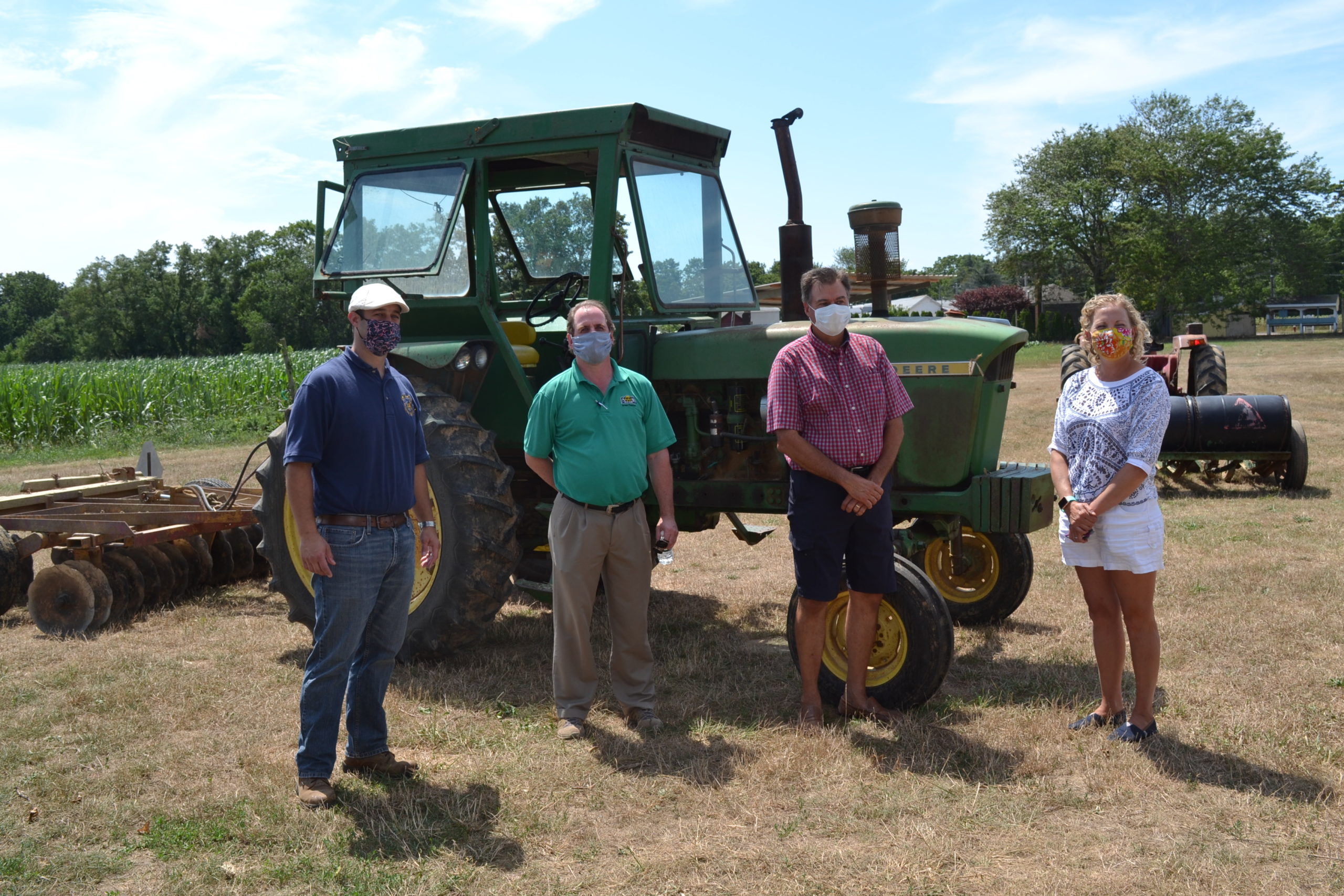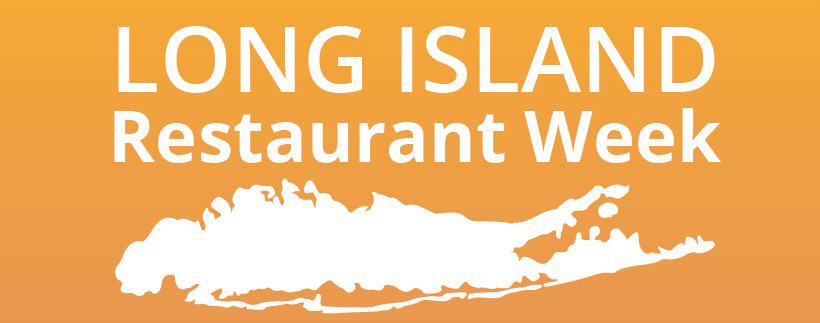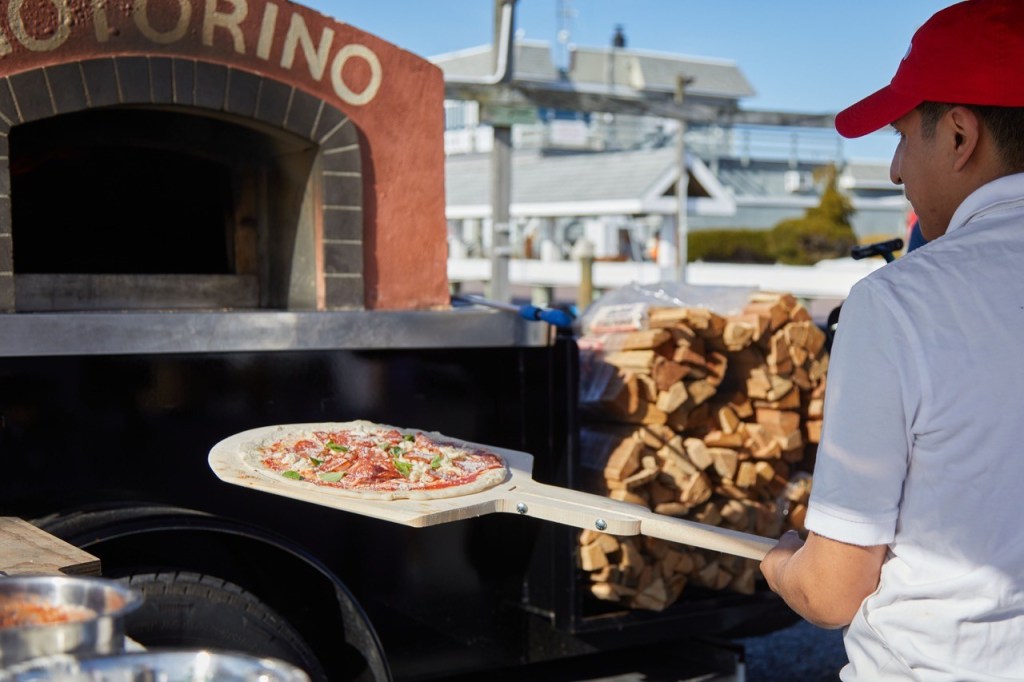East End Farmers on Track for Healthy Harvest, Despite High Costs & Challenges

With harvest season underway on the East End, we checked in with Long Island Farm Bureau Administrative Director Robert Carpenter about the state of this year’s crop and the issues that are keeping local farmers up at night.
Long Island was classified as being in a severe drought. How will the lack of rain impact this year’s crop yield?
There’s been quite a bit of talk about drought conditions. But farmers do have the capacity to irrigate their crops separate and distinct from using Water Authority water. It had been very dry … so farmers have had to do more irrigation this year, but they have been able to keep up, with minimal damage. Things are looking pretty good in the fields, and there’s enough crop to go around. When it’s a wet year, the moisture allows disease to spread. When it’s dry, there’s less disease pressure, so I have heard of very little crops being diseased this year.
What are some of the biggest issues facing farmers this year?
First and foremost, the labor shortage is a major issue affecting all sectors, not just farmers. Businesses have had to cut back from seven to five days because they don’t have enough people to do the work. Restaurants have had to limit the reservations they take because they don’t have staff to get the food out. Stores are reducing the amount of product they carry and manufacturers are cutting back on what they can produce. It’s a systematic problem. With the labor shortage across all sectors, competition for workers has gotten more intense and driven up wages.
Two other big issues of late have been the high cost of fuel and the high cost of fertilizer. Fertilizer takes some energy to produce, and a lot of it is produced overseas. Shipping issues and high fuel costs have contributed to an increase in fertilizer costs.
How are farmers impacted by the high cost of labor on LI?
We have a $15 minimum wage, which is higher than most places in the country and puts Long Island farmers at a competitive disadvantage. The minimum wage in Pennsylvania is $7.25 an hour, and it’s not that hard to bring product from Pennsylvania to Long Island. Let’s suppose I’ve got a truckload of extra watermelons and I want to send them to Hunts Point in New York City, which is the gathering place for all produce from a 300-mile radius.
A Pennsylvania farmer sends in watermelons and his cost of production is considerably less. Farming is a commodity industry.
It’s not like Farmer Joe can say, “This case of watermelons cost me X to produce and I need X markup.” The farmer gets what the market is bearing, and the higher labor costs are a disadvantage to Long Island farmers.
Can farmers hire foreign workers to combat the labor shortage?
The H-2A visa program, which is specific to agricultural work, allows farmers to hire workers from other countries temporarily. Some farmers have had success with the program, but it’s a complex process.
In the H-2A program, farmers must provide housing for the workers, and fulfilling the housing requirement is getting to be almost as hard as finding workers. Farmers in some towns have the ability to put worker housing on their farms. But local municipalities remain concerned about agricultural workforce housing and farmers must go through a lengthy process.
Workforce housing is a policy issue that needs to be looked at and addressed to allow workers to be able to come and work on farms. H-2A workers are temporary; they do the job and live here for X amount of time, and then they are required to go home. Farmers have to go through the visa process again the following year to bring the workers back.
The H-2B visa program allows companies to hire seasonal and temporary workers for landscaping and other industries. The H-2B program does not require the employer to provide housing. But this program is capped, which causes problems because there aren’t enough visas to bring enough workers here to fill all the open positions in landscaping and other affiliated industries.
Therefore, there are still labor shortages in these industries, which means those employers are competing with farmers for workers.
How late into the fall does the harvest extend?
That depends on the crop. For certain crops, like grapes, it’s until you get a hard freeze — usually the end of October or early November. But for broccoli, cauliflower, kale, cabbage — what we call “cole crops” — it can last until the end of December depending on the weather.



